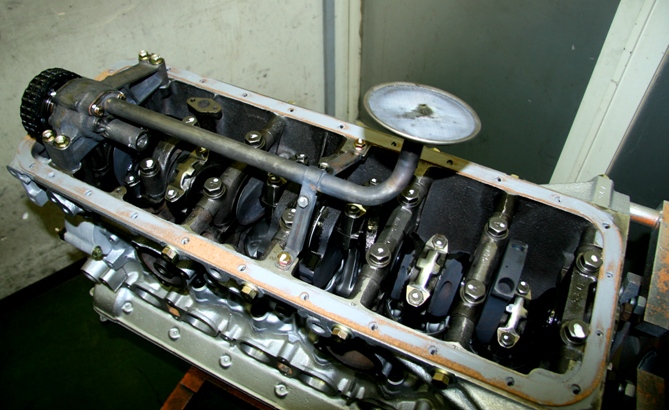

Total Industry exp 32 plus yrs, Prior to joining Glenmark, he has worked with major multinationals like Hoechst Marion Roussel, now Sanofi, Searle India Ltd, now RPG lifesciences, etc. With GLENMARK LIFE SCIENCES LTD, as CONSUlTANT, Retired from GLENMARK in Jan2022 Research Centre as Principal Scientist, Process Research (bulk actives) at Mahape, Navi Mumbai, India. of India as ADVISOR, earlier assignment was Tropical Disease Priority Review Voucher (1)ĭR ANTHONY MELVIN CRASTO, Born in Mumbai in 1964 and graduated from Mumbai University, Completed his Ph.D from ICT, 1991,Matunga, Mumbai, India, in Organic Chemistry, The thesis topic was Synthesis of Novel Pyrethroid Analogues, Currently he is working with AFRICURE PHARMA, ROW2TECH, NIPER-G, Department of Pharmaceuticals, Ministry of Chemicals and Fertilizers, Govt.New Drug Application Resubmission FDA (5).Marketing authorisation application EU (4).Investigational device exemption (IDE) approval (2).Human medicines European Public Assessment Report EPAR (2).Generating Antibiotic Incentives Now (1).Substitution - replace hazardous materials or machines with less hazardous ones Automate tasks, material handling (e.g., lift tables, conveyors, balancers), or ventilation.Eliminate or reduce human interaction in the process.Process design, redesign or modification including changing the layout to eliminate hazards.Some examples based on the hierarchy of control include: Control MethodĮlimination - remove the hazard from the workplace Some examples include safeguarding by design, using various types of guarding and other devices (e.g., interlocks, limited movement, etc), and procedures. The selection of safeguards should always meet principles of safe design and the hierarchy of control.


How is the appropriate safeguard selected? Back to top Self-closing guard - movable guard operated by a machine element (for example a moving table) or by the workpiece or a part of the machining jig, so that it allows the workpiece (and the jig) to pass and then automatically returns (by means of gravity, a spring, other external power, etc.) to the closed position as soon as the workpiece has vacated the opening through which it has been allowed to pass.The opening and closing of this type of guard can be power operated. It can be opened without the use of tools. Movable guard - a guard connected by mechanical means (e.g., hinges or slides) to the machine frame or an adjacent fixed element.Interlocked guard - a guard attached and monitored by the control system in such a manner that it prevents the operation of hazardous machine functions under specified conditions.Fixed guard - a guard kept in place (i.e., closed or attached to a fixed surface) either permanently (e.g., by welding) or by means of fasteners (e.g., screws, nuts, etc.), requiring tools for the removal or opening.Fixed distance guard - a fixed guard that does not completely enclose the hazard but that prevents or reduces access because of its physical dimensions and its distance from the hazard.The adjustment to the guard remains fixed during operation. Adjustable guard - a fixed guard that is adjustable as a whole or that incorporates adjustable parts.The CSA standard Z432 defines six different types of guards: There are also protective devices that may be used. Other names may be casing, door, or enclosing guard. What are the different types of guards? Back to topĪ guard is a part of machinery specifically used to provide protection by means of a physical barrier. “… a guard or protective device designed to protect workers from harm.” The CSA standard Z432 Safeguarding of machinery defines a safeguard as: Please also see Safeguarding – Working around Machinery. Note: This OSH Answers fact sheet is part of a series. Please refer to this standard in its entirety and to any regulatory requirements that may apply for your jurisdiction. Note: This OSH Answers fact sheet is based on CSA standard Z432-16 Safeguarding of machinery. “… protective measures consisting of the use of specific technical means, called safeguards (guards, protective-devices), to protect workers from hazards that cannot be reasonably removed or sufficiently limited by design.” The CSA standard Z432 Safeguarding of machinery defines safeguarding as:


 0 kommentar(er)
0 kommentar(er)
